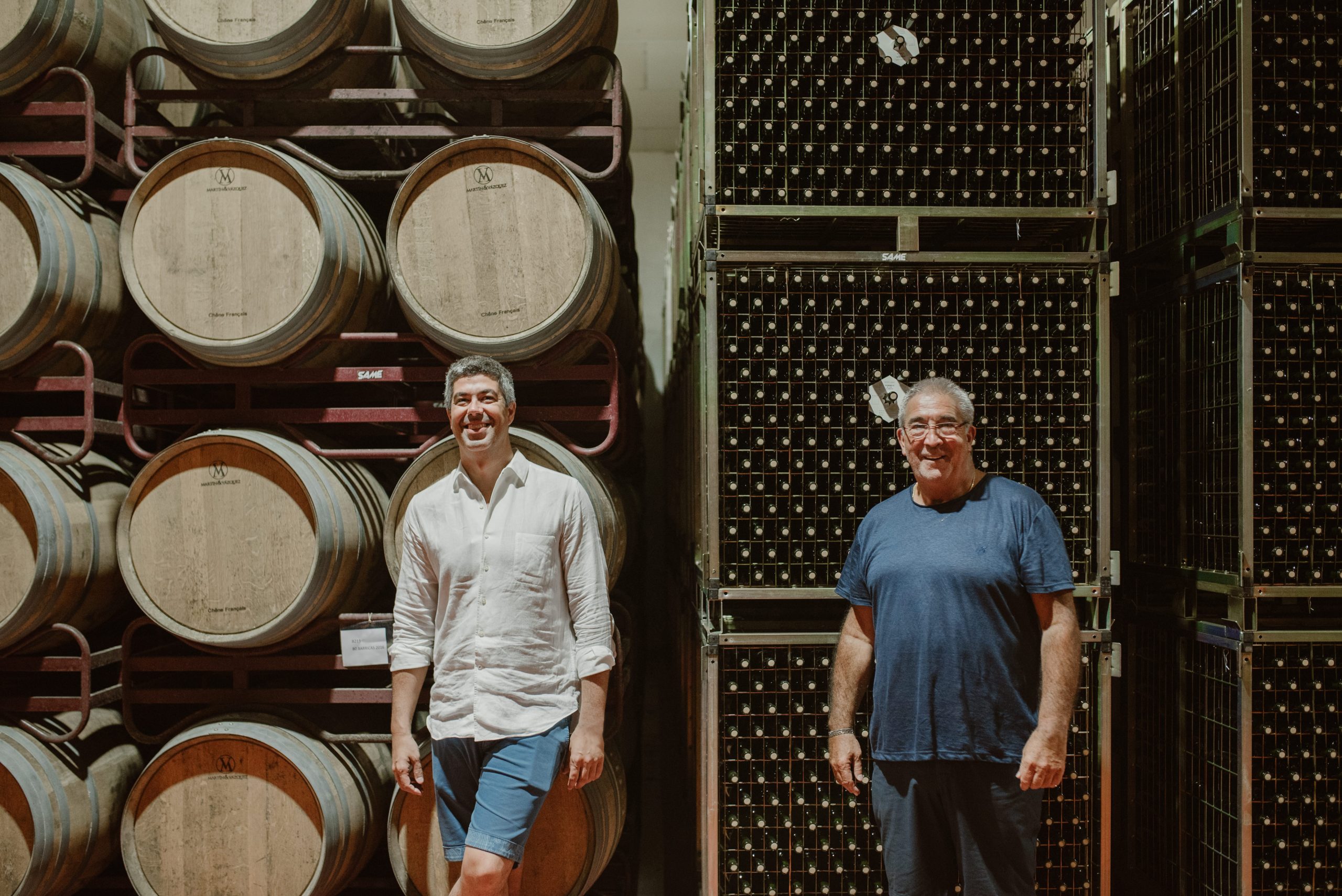University of Washington makes paper from brewing waste
The Paper and Bioresource Science Centre at the University of Washington in Seattle has devised a way of making paper using spent grain left over from the brewing process.
The centre is headed up by Kurt Haunreiter who encourages students to find alternative products to use in the paper making process, aside from the usual wood fibre.
Haunreiter spent 25 years in the pulp and paper industry before joining the University of Washington three years ago. Previously known as the Paper Science Program, the Paper and Bioresource Science Centre has since incorporated elements of bioproduct engineering.
Speaking to the drinks business, Haunreiter said: “With our new focus we attracted faculty from the bioproducts field and research in pulp and paper ceased. I was hired to fill the gap in knowledge on the pulp and paper side of our curriculum and to manage our paper pilot plant”.
“I was looking for ways to displace wood fibres with other agricultural residues/by-products to increase collaboration and to bring the paper side of our course work consistent with our mission. I also needed to have a product that would engage our students in their studies and produce a finished product for potential sale. Enter spent brewers’ grain”.
The spent grain, consisting of malt and adjuncts (unmalted grains) left over after the sugars and flavours have been extracted during the mashing process, can constitute up to 85% of a brewery’s total by-product.
It is often given to farmers for use as cattle feed or to improve soil structure. Others have used it to make bread, dog biscuits and even granola bars.
Continuing, Haunreiter said: “My family being from Bavaria and my love of paper making, it seemed like an obvious fit. My younger brother produces beer at home, so over a couple of pints, I queried him regarding the life cycle of spent brewer’s grain.
“I also did some research and found that a company in Germany, Gmund, was using spent brewer’s grain in their fine papers they produced. However, in their paper, the fibres weren’t visible. Also, there was no published research into this application. It wasn’t anything more glamorous than that”.
When asked if he had plans to sell the product, Haunreiter replied: “At this point, no. I completed our laboratory bench tests last spring and have only run the paper machine with this material twice.”
“My goal is to maximise the amount of spent brewer’s grain used, so it creates some challenges with our wet end chemistry and in bonding the fibers together. We are close to having a finished product – I think realistically next spring we’ll have something that we can sell”.
When asked how the paper compared to one that was made with 100% wood fibre, Haunreiter said: “It is a significantly weaker sheet – which might answer the question of why no one is researching this as an option. I am not pulping the spent brewer’s grain, but using a mechanical refining process. The result is fine particle size but with a large surface area.”
Partner Content
“But with that said, I’ve been able to produce a paper that meets the functional requirements of the end user. I’ve tested it in ink-jet and laser printers with good success. Before I can run additional trials, I’m making some modifications to our pilot paper machine that should allow us to overcome some of issues controlling formation that the spent brewer’s grain introduces. The result is an artisan paper”.
The spent brewers grain has displaced around 20% of the wood fibre typically used to make paper.
The brewers grain is sourced from Seattle-based brewery and brew pub Big Time Brewing Company, founded in 1988.
When asked if he had plants to get other breweries involved, Haunreiter said: “At this point we’ve not explored that. I’m still putting the finishing touches on my preliminary research draft and starting the second paper. I’d like to get those results published before we expand our focus.
“Big Time Brewery is a local microbrewery in the University district. It is well known amongst the students and faculty here – so seemed an obvious choice for us. They are a great help and always are able to provide us material on short notice.”
“Economically, microbreweries have few choices. If they are unable to find a farm to take it as animal feed then they must pay to have it land filled. In the Seattle area I’m not aware of any microbreweries that are having to land fill. So it is really a cost-avoidance activity for the brewer. The farmers have a product that the only cost is shipping.”
“Although the results or our efforts may be an eventual economic benefit to the brewer, it could result in an essentially free feed stock becoming unavailable to the farmer. We have some ideas on how to resolve this with a new paper product – but we need to get the initial research completed first. We don’t want to get ahead of ourselves”.
According to its website, the brewery has a 14 barrel JV Northwest system comprising a “gas fired brew kettle, an infusion mash tun with mixer, a hot liquor back, a wort cooler, five 14bbl fermenters, a bright beer tank, and 20 7bbl serving tanks”.
The paper, however, smells more like bread than beer, according to Haunreiter.
“It will smell more like bread, not beer. We were surprised at that,” he told Geek Wire. “But it’s the texture we want. Unfortunately you still get the husks, and that will interfere with printing and usability, but our end user is looking for an artisan paper, and that’s what we’re trying to go for”.




